Roof design is an essential aspect of the planning process of any construction. It integrates visual aesthetics with utility. Roof design involves material selection, layout, and other aspects that increase the utility of the roof. A well-designed roof not only enhances the visual appeal of your property but also provides protection against natural elements like rain and heat and contributes to improving energy efficiency.
Post your Requirement
What is Roof Design?
Roof design is the process of creating a roof that meets the needs and requirements of the structure. The design should consider factors like climate, building laws, the intended use of the structure, etc. A well-designed roof has added benefits like durability, proper drainage, insulation, and energy efficiency while also showcasing the homeowner’s personality and interests.
The Importance of A Right Roof Design
Choosing the right roof design is essential for several reasons.
- Structural Integrity: A roof is an integral part of any building’s structural integrity. It must provide the strength to withstand the weight of the roof, its occupants, equipment, and natural elements such as snow, wind, etc.
- Protection Against Elements: One of the primary purposes of a roof is to protect the occupants and the interior of the building from natural elements like rain, sunlight etc.
- Energy Efficiency: The use of the right roof design and construction materials can contribute to improving the energy efficiency of the structure considerably. The use of materials with better insulation properties, reflective coatings etc. can help in maintaining a stable temperature in the interior which reduces the expense of heating and cooling.
- Aesthetic Appeal: The roof of any structure can help in striking a great first impression. A well-designed roof enhances the visual beauty of a property and also helps in multiplying the architectural qualities of the building.
- Property Value: A roof design can increase the overall value of the property as it enhances the curb appeal of the structure, providing a great return on investment.
- Maintenance And Longevity: The selection of the right materials and optimal design for your roof can help to reduce maintenance costs and increase the life of the roof.
Trending House Roof Design Ideas
1. Butterfly Roofs:
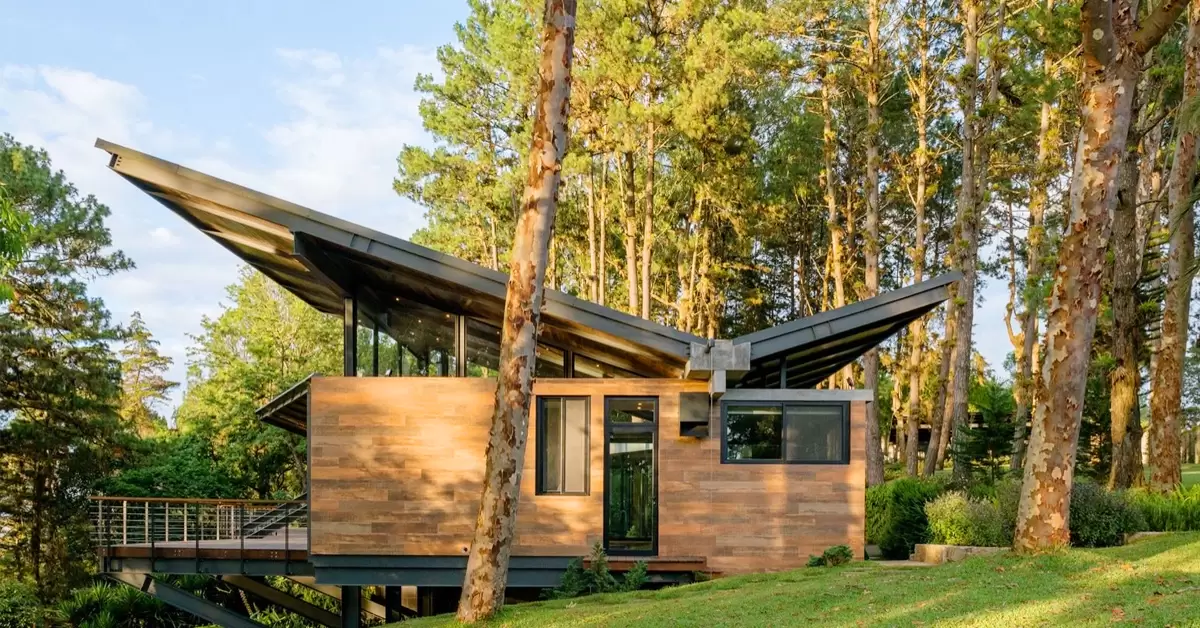
Butterfly roofs can be identified by their V-shaped silhouette, where the two downward-sloping surfaces meet to form a roofline that sits in the middle. The name for this design is derived from a butterfly in flight and was frequently used in traditional architecture. The butterfly roof not only improves the aesthetic appeal of the roof and the entire structure but is also environmentally friendly, as solar panels can be easily installed on the slopes and during rain it helps to provide a channel for the rainwater to flow through which can be used for rainwater harvesting.
2. Gambrel Roofs:
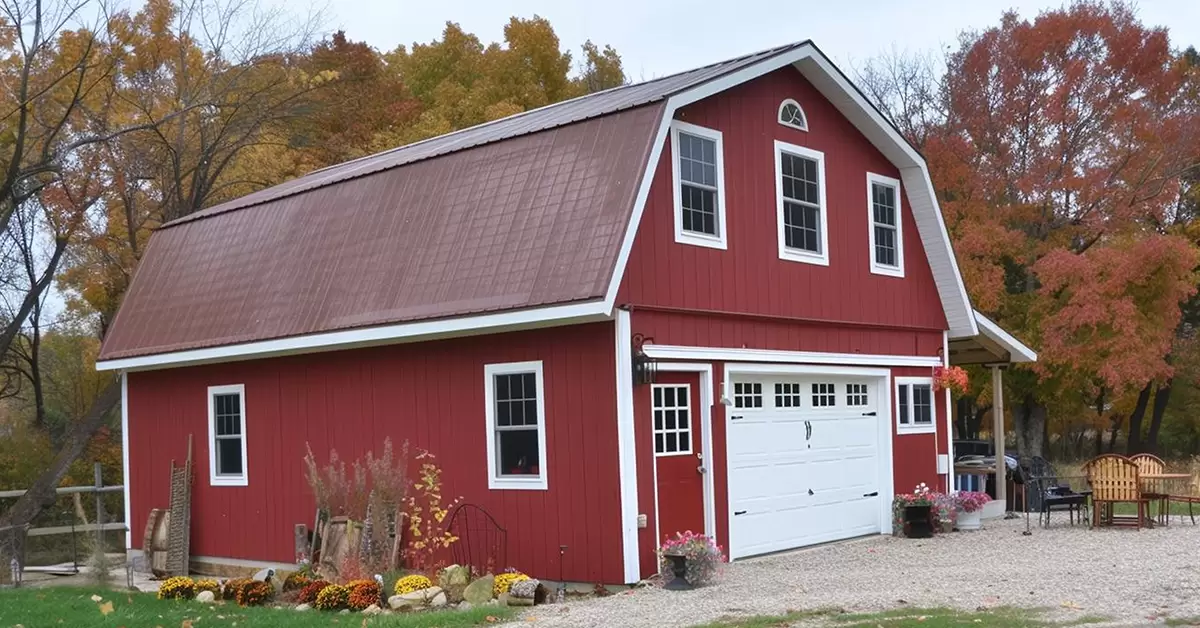
This style of roof features two sides that have symmetrical slopes on each side. The lower slope is much steeper as compared to the upper slope, this setting maximises the available headspace within the building. This design is frequently used in Dutch colonial homes and it provides an excellent aesthetic appeal in not only the interior of the building but also in the exterior aesthetics.
3. Gable Roofs:
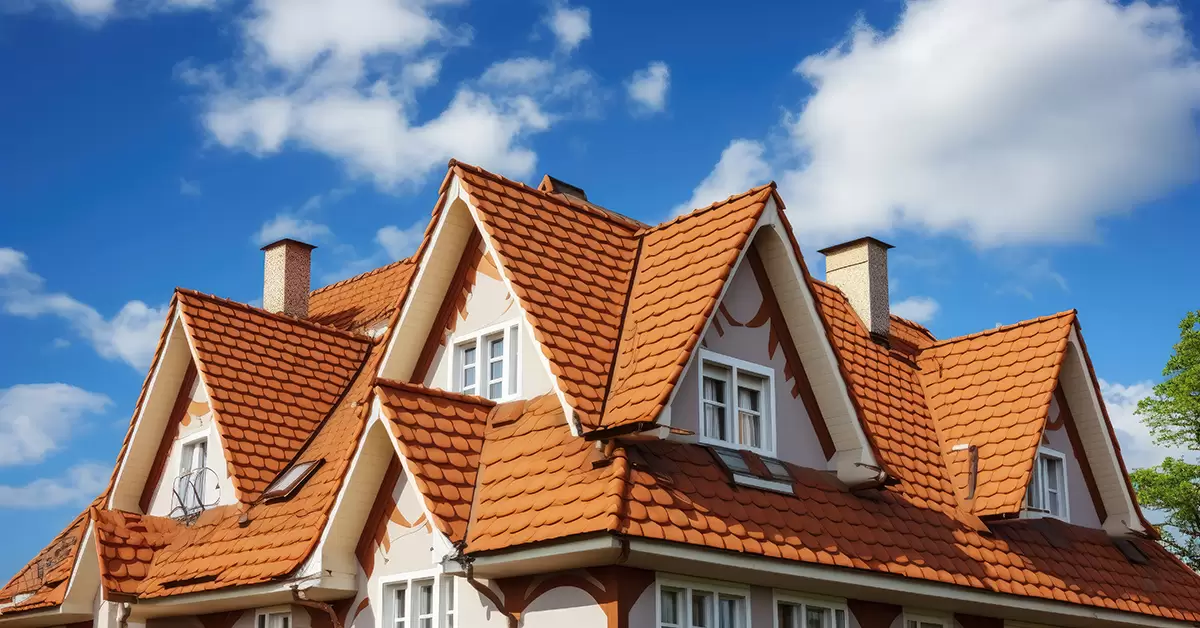
Gable roofs are one of the most common roof designs that can be seen in buildings today. They consist of two sloping sides that meet at a ridge to form a triangular end wall. It is a simple and cost-effective design that also provides excellent water runoff. They can be found in multiple styles of their own such as front gable, side gable, Dutch gable and gambrel.
4. Curved Roofs:
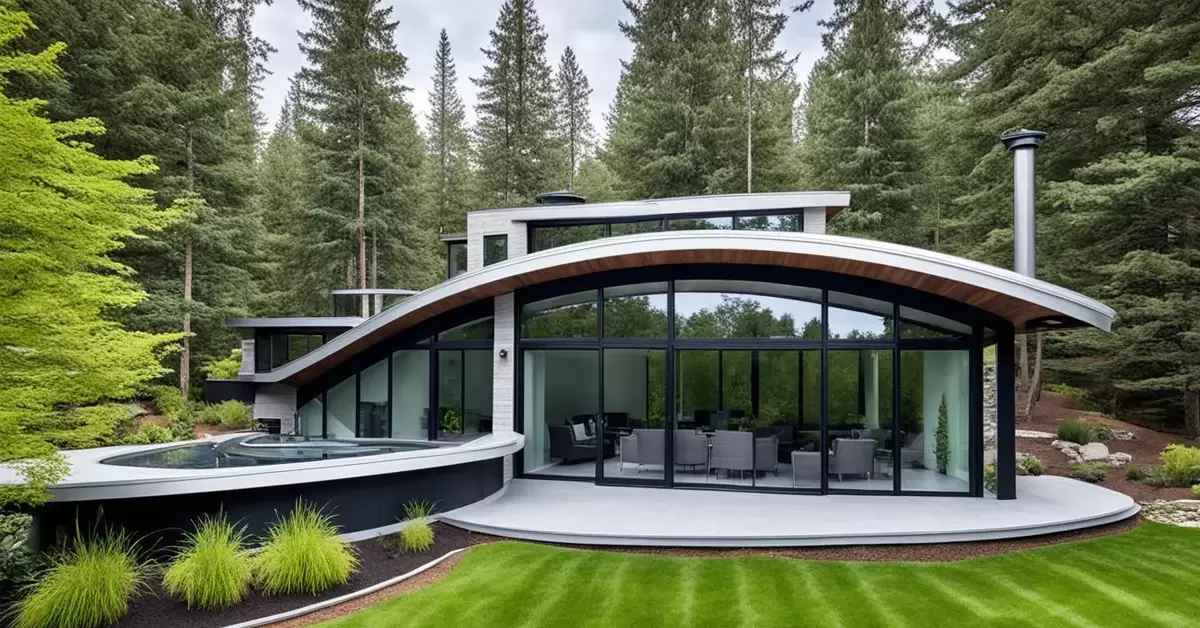
Curved roofs come in different shapes, such as arched or rounded and are usually used to cover large areas such as sheds. They are commonly used in modern architecture to create visually attractive structures. For the construction of these curved roofs, careful consideration of material is required to ensure stability.
5. Bonnet Roofs:
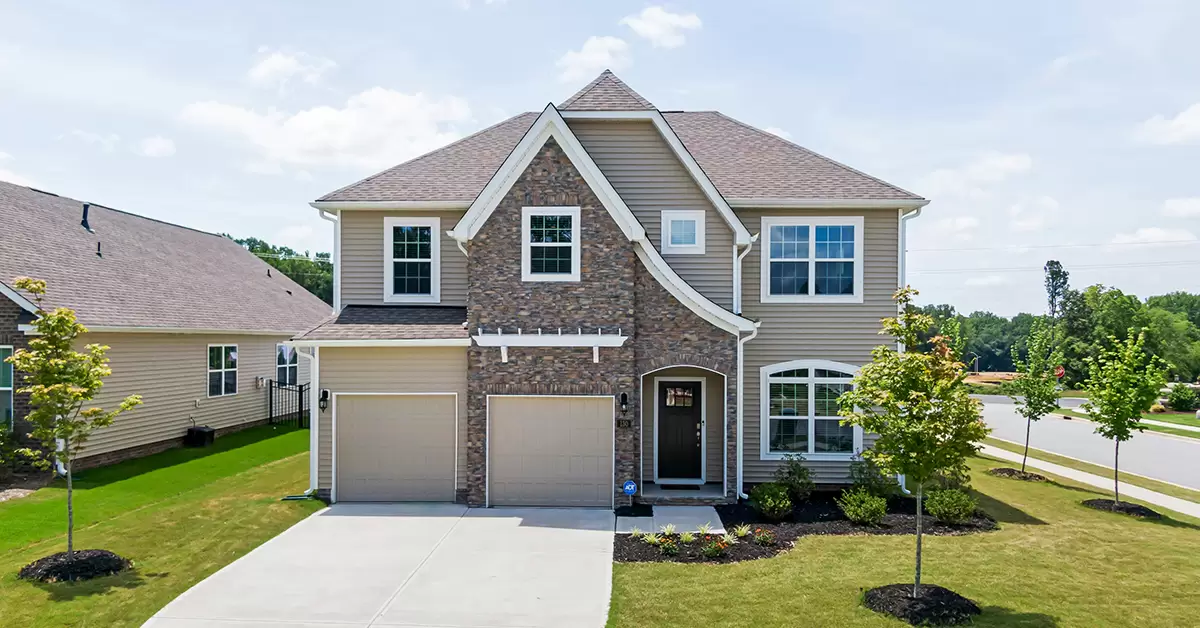
These roofs have a double-sloping design that has a lower slope extending past the wall of the house to create an overhang, it is also called “kicked eaves”. This style is frequently used in traditional or colonial homes.
6. Dormers:
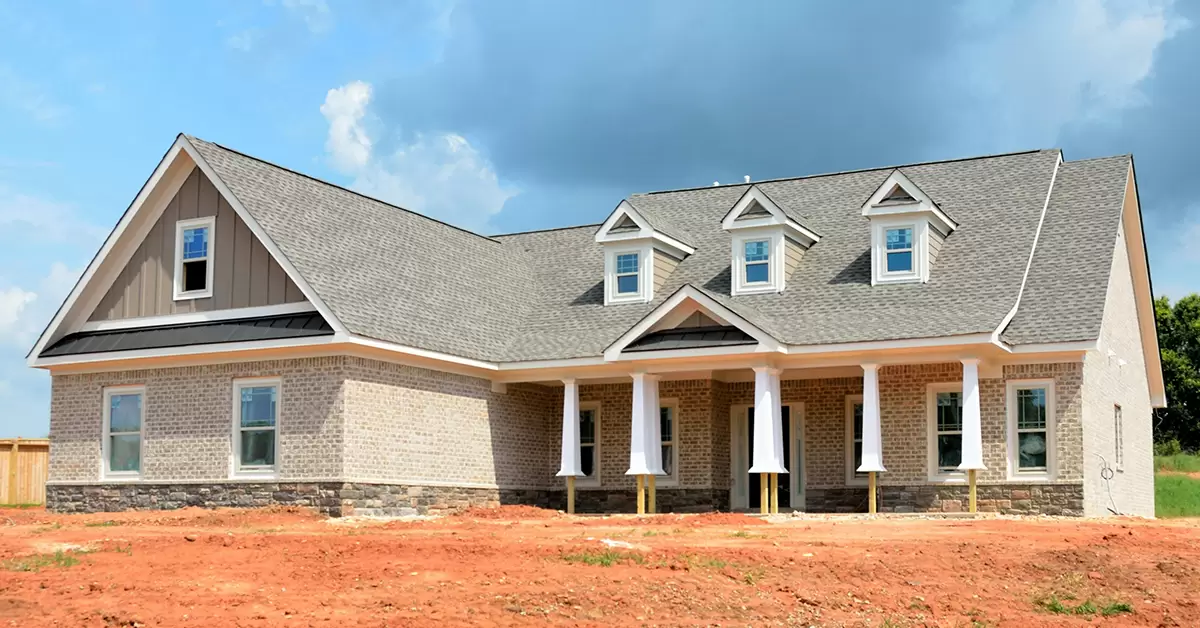
Dormers are windows set vertically on a sloping roof, appearing as “the eyes” of a dwelling. They can be built into the roof or a wall and come in many shapes and sizes. Dormers add character to a building and allow for additional natural light and ventilation.
7. Flat Roofs:
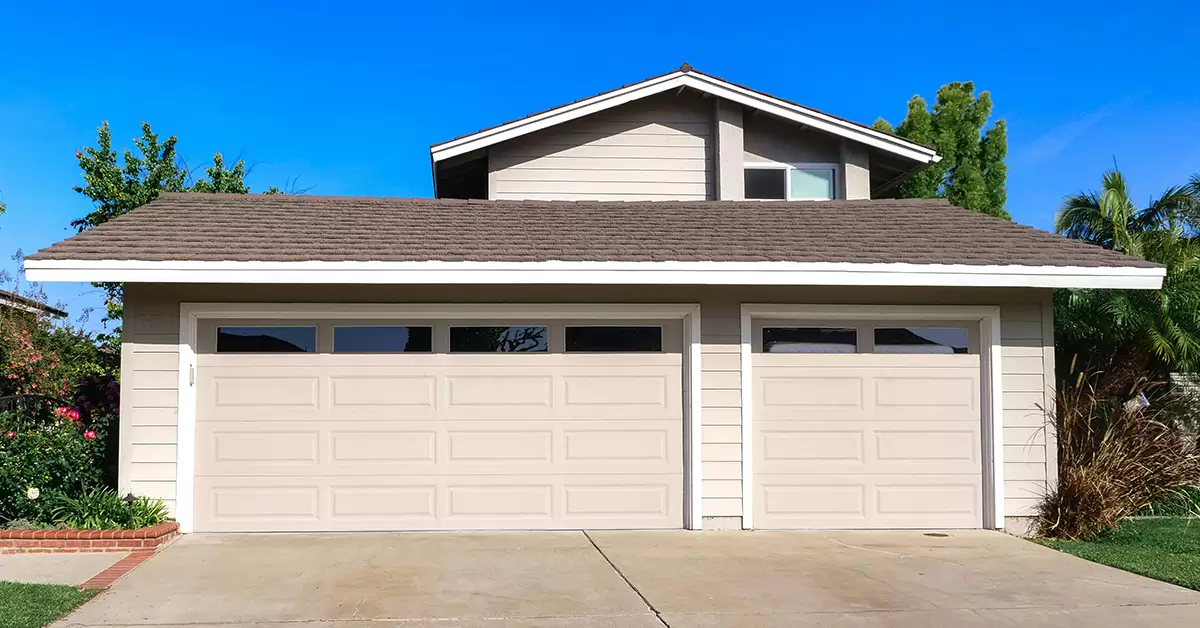
Flat roofs are designed with a slight upward slope to prevent water pooling. They are often used in modern architecture for their clean lines and ease of installation. Flat roofs require careful detailing to ensure proper drainage and waterproofing.
8. Jerkinhead Roofs:
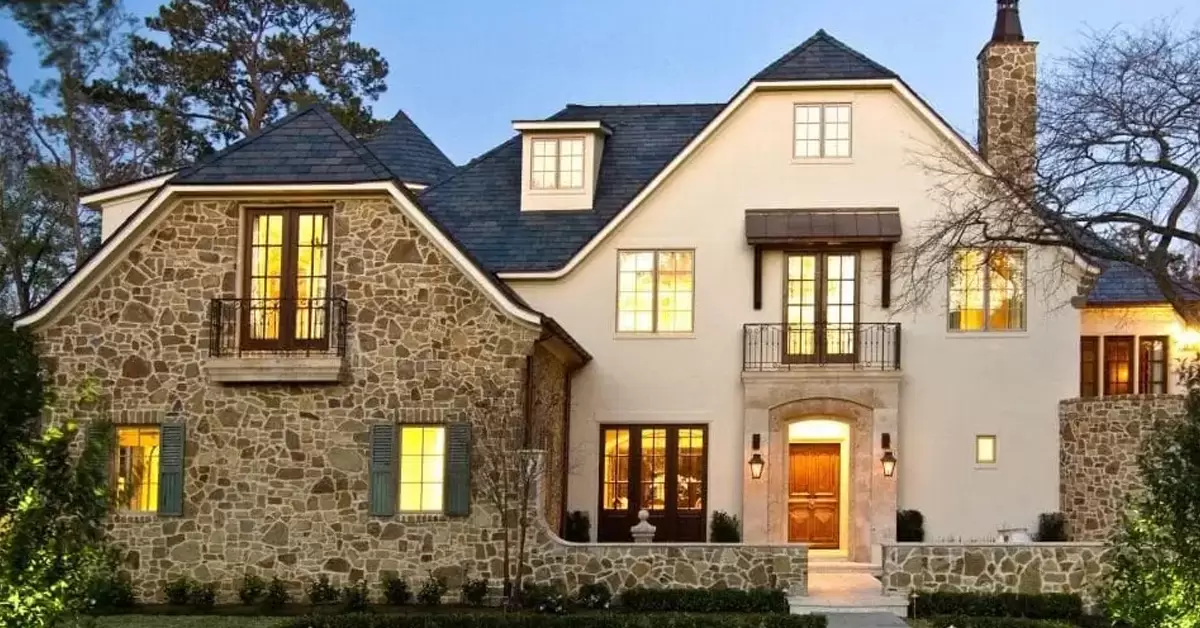
Jerkinhead roofs combine elements of gable and hipped roofs, featuring two sloping sides that meet at a somewhat flattened ridge. This design creates an intricate appearance and is often used for its aesthetic appeal.
9. Mansard Roofs:
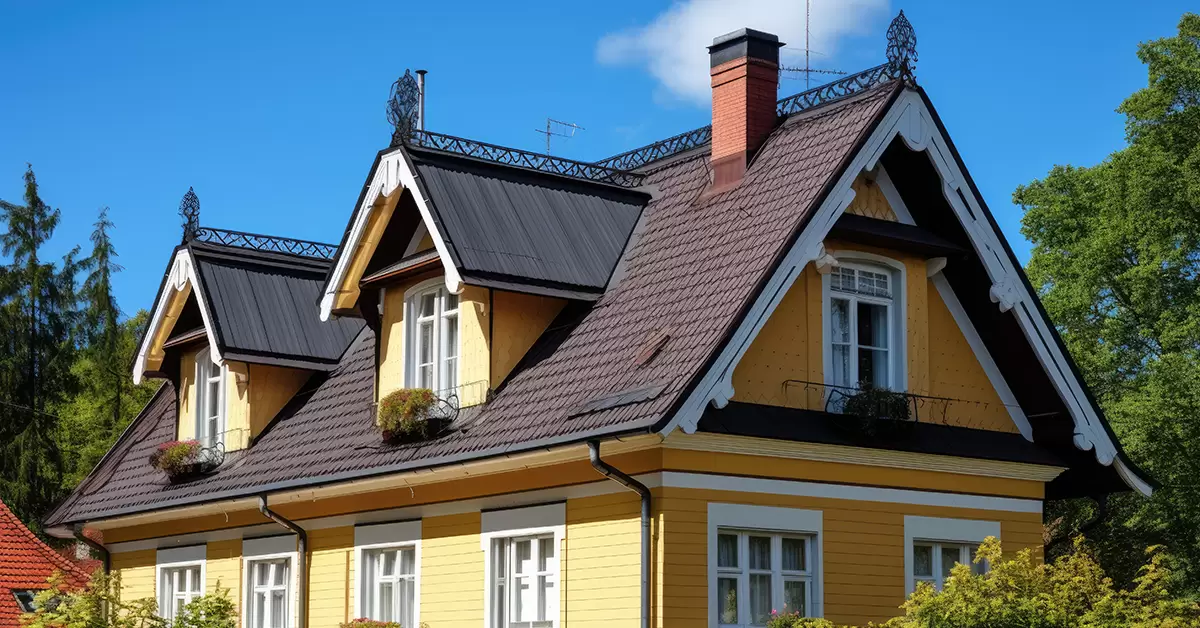
Mansard roofs have four sides with two slopes on each side, where the lower slope is typically steeper than the upper slope. They often include dormer windows and can be tiled or shingled. Mansard roofs are known for their distinctive appearance and ability to provide additional living space under the roof.
10. Clerestory Roofs:
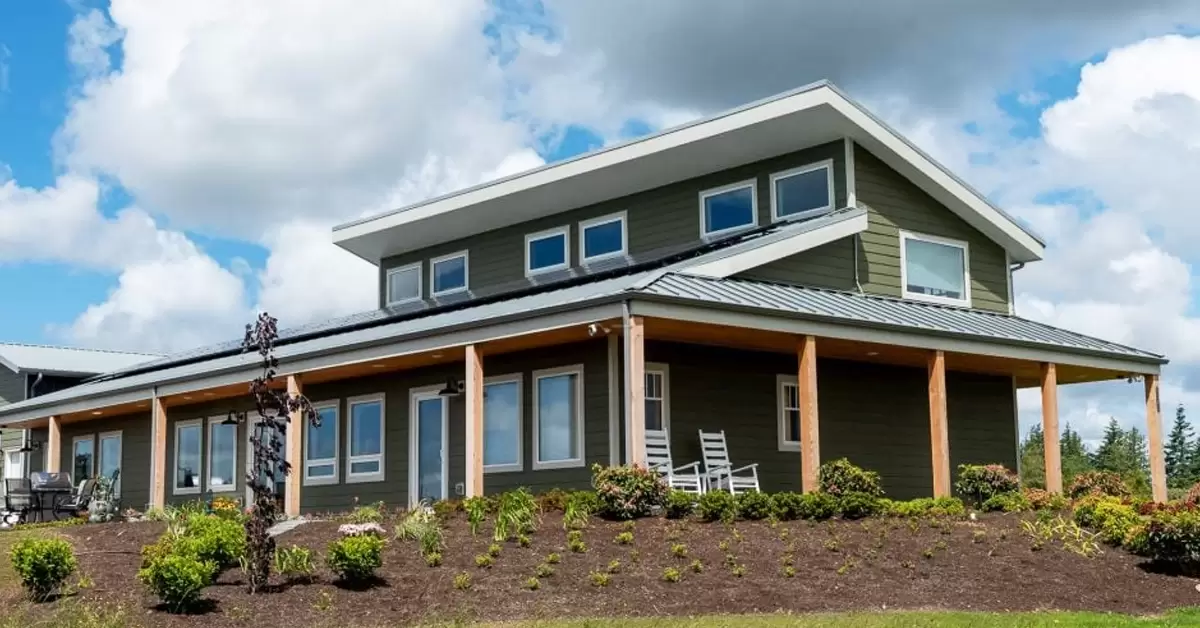
Clerestory roofs feature a row of windows along the top of a high storey, allowing natural light into the building without compromising privacy or security. They are particularly useful in spaces where lower windows may be obstructed by landscaping or other structures.
Tips To Choose The Right Roof Design For Your Home
- Local Weather: As discussed above, the primary purpose of a roof is to shelter from natural elements like high-speed winds, water, snow etc. Some roof designs are better utilised in areas with specific weather patterns. For example, in homes in hotter climates, roofs that do not let snow stick to the roof are not suitable.
- Budget: Carrying out a roofing project is an expensive affair. Hence, it is always advised that a budget is allocated for the project. The budget can affect the design used, materials used, decorations etc. Hence, there should be a calculation of budget that does not compromise on quality and style.
- Additional Qualities: Roof not only functions as a barrier to protect the interiors from damage but can also be utilised for other uses. A storage room (attic), a play area, an area for solar panel installations etc. can be integrated into the roof to increase its utility.
- Roof Shape Pros And Cons: Different roof shapes have their different advantages and disadvantages. For example, gable roofs provide a useful option for good ventilation but are not an ideal solution for high-wind areas.
- Simplicity: Complex designs can be tempting as they look aesthetically appealing, but they get significantly more difficult to repair and maintain. Simpler designs are easier to execute, build and maintain and usually have a longer life.
Material Required For Roof Designs
- Roofing Material: There is a selection of roofing materials that are all useful for different designs, needs, budgets etc. The most common options are-:
- Asphalt Shingles: Inexpensive and frequently used, available in multiple colours.
- Metal Roofing: Reasonably expensive and durable, metal roofs can be made out of steel, aluminium, copper etc.
- Wood Shakes: Aesthetically attractive and natural, they do require frequent maintenance and have a lesser life.
- Slate Tiles: Highly durable and resistant to fire, they are a premium roofing material.
- Underlayment: It is an additional layer of material that is added between the roof deck and the roofing material. It creates an extra barrier of protection against water. It can be made of:
- Asphalt Felt Paper: Commonly used and affordable.
- Ventilation Components: Ensuring proper ventilation is also necessary to ensure there is minimum moisture buildup and extend the life span of the roof.
- Nails and Fasteners: Nails are used to secure the roofing materials to the roof deck. They are available in multiple different sizes and shapes as necessary.
- Sealants: Sealants are essential to fill gaps to prevent leaks.
Roof Construction Professionals
To carry out a roofing project, multiple different construction professionals can be needed to ensure a roof that serves a long life. The professionals that can be used useful for such a project are as follows:-
- Architects: Architects help in the actual designing of the project. This includes, in making deciding on a design that fits your requirements, needs and individual property. They help in devising a 3D image of the design so that there is a visual picture of how the finished project will look like.
- Roofing Contractors: Roofing Contractors provide in the actual implementation of the project. From procuring the materials, material selection, getting permits and also the after-construction cleanup, a roofing contractor helps in carrying out all these activities to make the project less hectic and time-consuming.
- Electrical Contractors: Commonly, there are multiple light fixtures, ventilation etc. These electrical components require an electrical contractor to ease out the process of carrying out the lighting fixtures to ensure that electrical connections are made in a way that chances of short circuits or water damage are minimised.
Roof Maintenance And Repairs
To ensure the long life of the roof, these are some ideas that you as a user can utilise-
- Regular Inspections: Regular inspections help in identifying potential issues at an early stage which can save you a fortune in repairs. Hence, it is suggested that regular inspections are conducted, especially after severe weather conditions.
- Minor Repairs: If minor repairs are made to the roof, then it can easily avoid experiencing more major problems.
- Cleaning: Practicing regular cleaning of the gutter and roof helps ensure that there is no collection of water and growth of algae etc. which can lead to the formation of cracks and allow for water to seep in.
- Attic Ventilation: Sufficient ventilation in the attic should be maintained as it helps to regulate temperature and moisture levels, which prevents mould growth and wood rot.
- Tree Trimming: Constant trimming of overhanging branches can help to prevent damage from falling limbs and reduce the risk of debris accumulation and blockage on the roof.
- Protective Coatings: The use of protective coatings helps enhance the durability of your roof as they provide an additional layer of defence against water and other natural elements.
- Sealing Joints: Sealing joints and seams help to prevent the seepage of water and extend the life of the roof.
A roof is an integral part of any structure and therefore, requires a lot of consultation and thinking. A roofing project can become a major task that is both time-consuming and money-intensive. Hence, this requires a lot of consideration and planning, from the design of the roof to the material used, all have to be selected as per the specific property in question and require the experience and knowledge of experienced architects and contractors.
Read Also: How To Choose The Best Roofing Contractor? Essential Questions To Ask

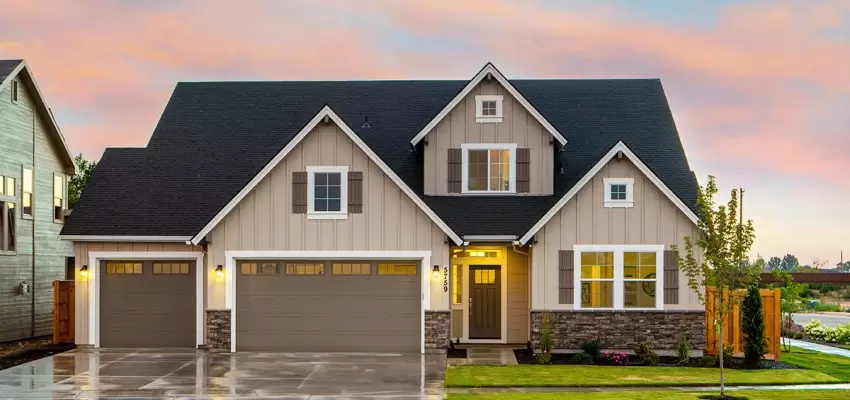


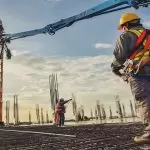
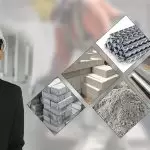

















Post A Comment